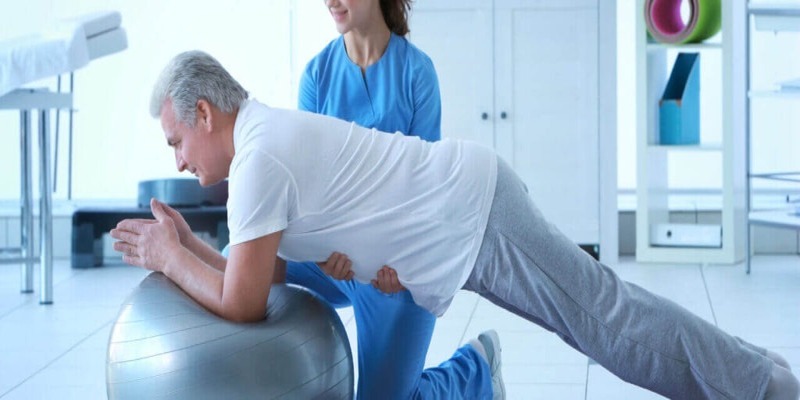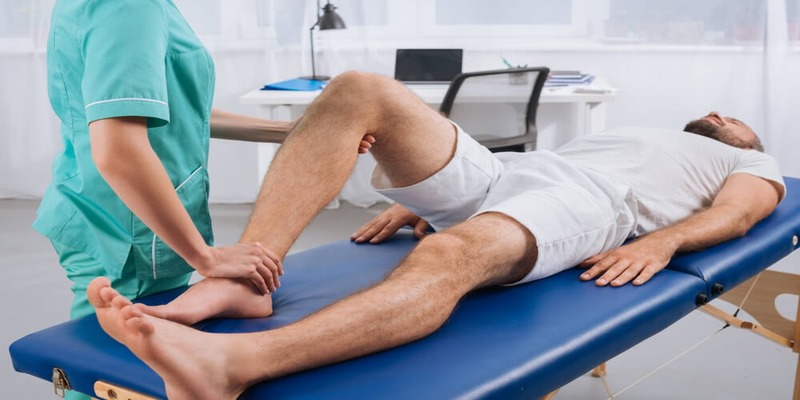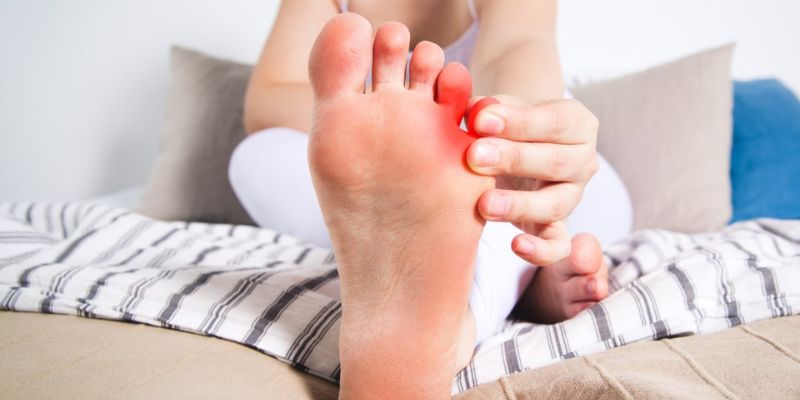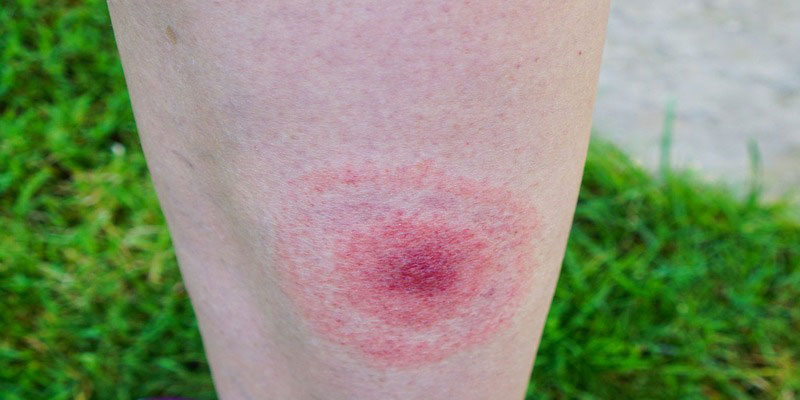Osteoarthritis may affect any joint in the body, and if you've been told you have it, you're certainly looking for ways to lessen the discomfort and reduce the disease's growth. These are both things that can be aided by physical therapy. A physical therapist may use several methods to accomplish these aims. The following are all things you can learn to perform with the help of a physical therapist:
Keep Or Improve Mobility In Your Joints

One of the symptoms of osteoarthritis is joint stiffness. The range of motion at a joint can be increased by physical therapy. Increases in a joint's range of motion, no matter how little, can profoundly affect that joint's ability to perform its intended function. For instance, if you have arthritis in your knee, bending it only ten more degrees might make it easier to get in and out of low seats.
Exercises to Improve Arthritic Joint Support Muscles
Osteoarthritis is the degeneration of joint cartilage, which can lead to painful bone-on-bone rubbing. It is recommended to strengthen the muscles surrounding and supporting the joint. Improve your strength and stability in your joints with the aid of your physical therapist, who can help you pinpoint problem areas and show you how to work around them through functional strengthening.
Boost Your Stability
Muscle weakness, reduced joint function, decreased mobility, and other factors contribute to the difficulty maintaining a balance common among people with osteoarthritis. Skilled surface, walking distancmay incorporate balance components into your treatment plan and elevation, to simulate daily functional tasks to improve balance and reduce the risk of falling, in addition to functional strengthening.
Modify Your Stance
Less pressure on painful joints is one benefit of good posture for those with arthritis. Physical therapists can instruct patients on improving their posture when seated, standing, and moving around. Changes to your physical surroundings at home, in the workplace, or while driving may be recommended. Reducing the strain on your arthritic joints might be as simple as shifting your automobile seat to a more comfortable position.
Employ Assistive Technology

Depending on the severity of the condition, a doctor may suggest a walker, cane, crutches, splints, or shoe inserts to assist in alleviating pressure on painful joints caused by arthritis. There is less chance of harm coming to the user if they know when and how to utilize these aids.
For walking longer distances or running errands, for instance, a cane may be useful but is probably unnecessary around the house. Physical therapy aims to promote functional independence, and a trained therapist can help you learn how to fit and utilize assistive equipment.
Although it is difficult to reverse the effects of aging and remove osteoarthritis/degeneration, physical therapy has been shown to alleviate the pain and stiffness that patients experience due to the condition.
The degenerative process can be slowed with physical therapy by increasing the strength and stability of the muscles around a specific joint, reducing the amount of stress placed on those joints during normal activities.
Do Exercises For Arthritis Risk Making It Worse?
Arthritis is painful, but physical therapy can help you move and feel better. The goal of treatment is not to make the patient more uncomfortable. Yet, you may struggle with a few of the early exercises.
Muscle pain and discomfort of a moderate degree are common after or during a PT session. Discuss your treatment progress and pain threshold with your physical therapist. If your symptoms get worse, you're in a lot of pain, or you're having trouble during or after a session, make sure to let them know.
Depending on your condition, your physical therapist will adjust your treatment accordingly. They could try out new methods, or they might lessen the duration and intensity of your sessions.
Physical Therapy: Medicare Or Insurance?
When physical therapy is required to treat a medical condition, most health insurance policies will pay for some or all of the costs. Your policy may cap the number of covered visits. Medicare will pay for physical therapy (PT) for arthritis if your doctor deems it medically essential.
Physical therapy received in an inpatient setting is covered in full or partially by Medicare Part A, as reported by AARP. When you've paid your annual deductible for Medicare Part B, the program will cover 80 percent of your outpatient care expenditures.
Conclusion
In addition to alleviating pain and increasing mobility, physical therapy can also reduce the negative effects of arthritis on your health. Keeping up with your routine and workouts will yield the finest outcomes. You should keep track of which therapies have the best results. Ensure to update your physical therapist on your progress and any changes to your condition frequently.




